Elevate your garden with our free DIY raised garden bed project plans. Perfect for all skill levels, these plans offer detailed instructions to craft functional and beautiful garden beds. Dive in and transform your outdoor space with these easy-to-build designs.
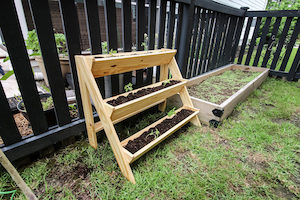
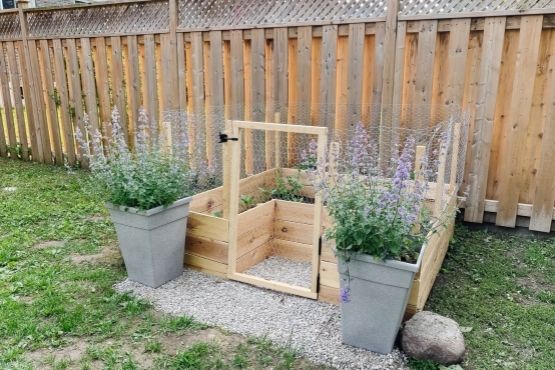
How To Build a Raised Garden Bed – DIY Raised Garden Bed
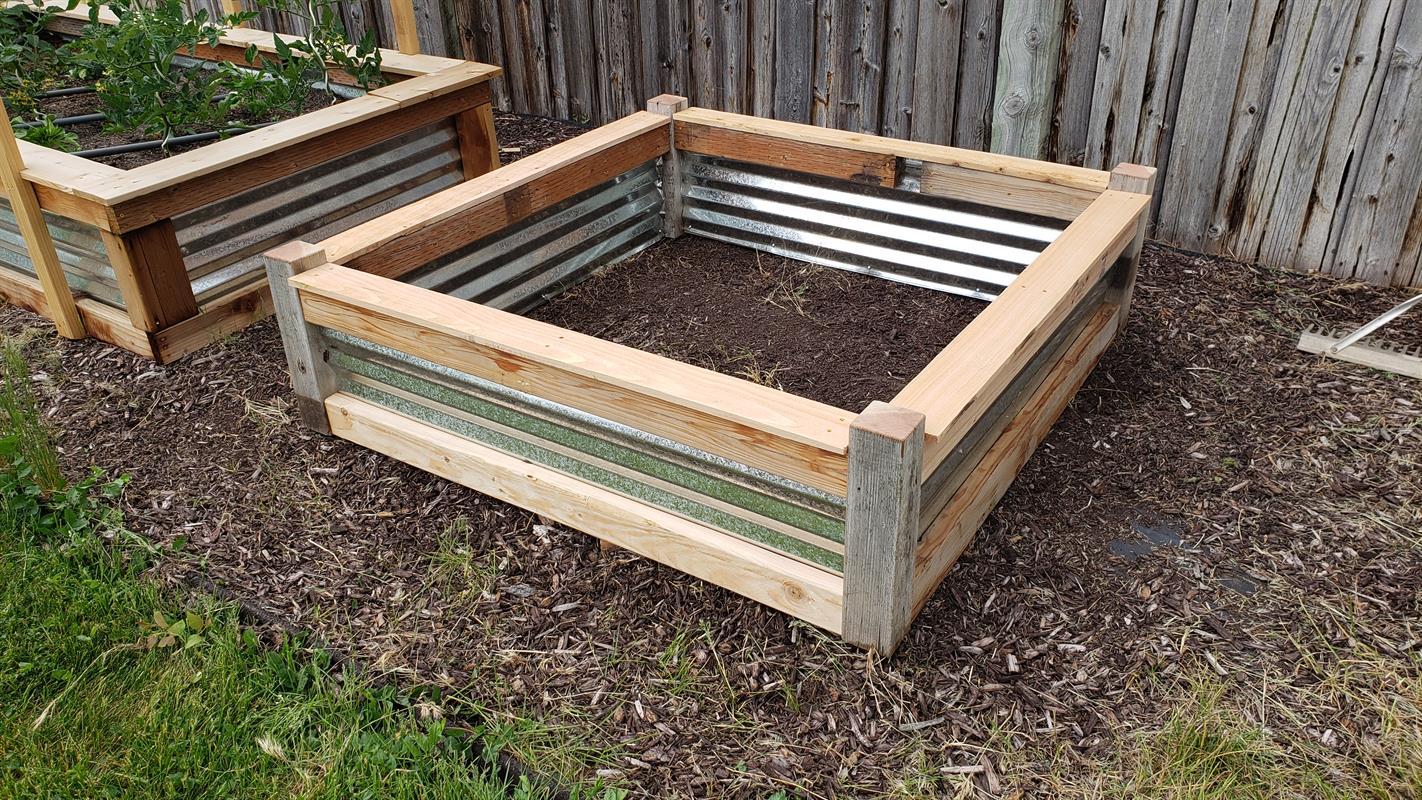
How To Build a Raised Garden Bed for Under $40
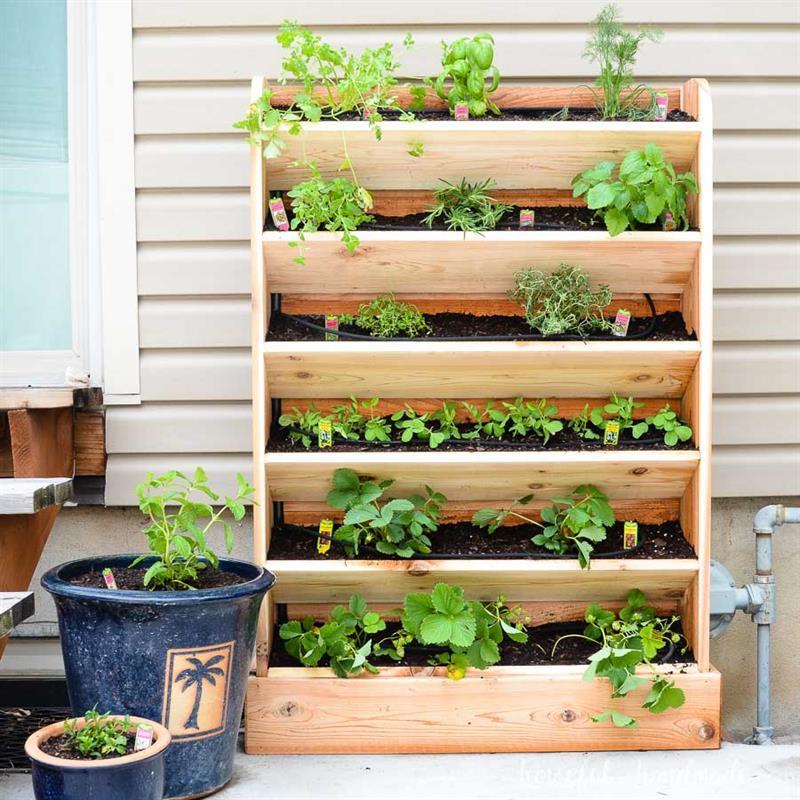
Vertical Herb Garden
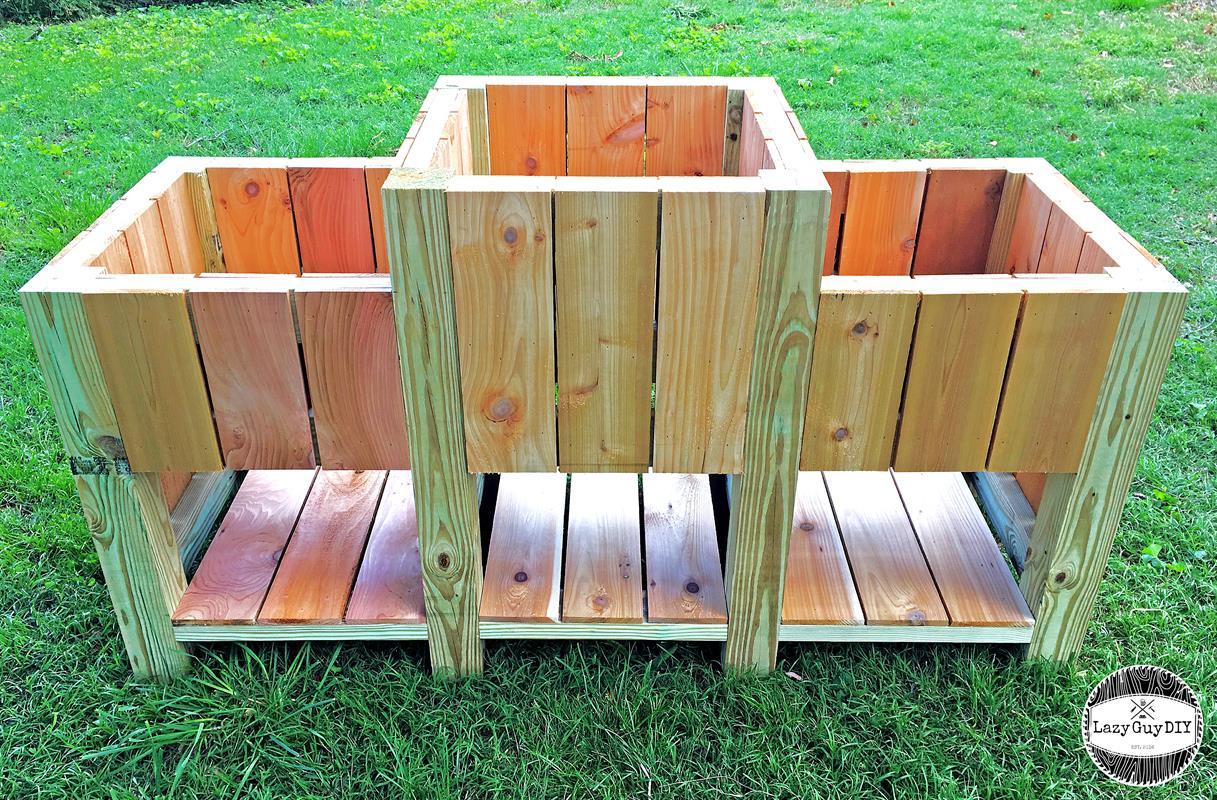
Tiered Raised Veggie Garden
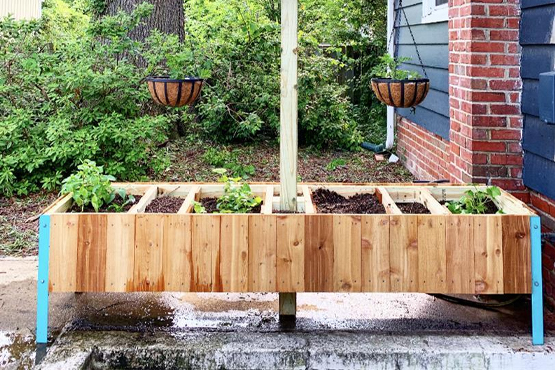
Raised Planter With Built In Compost

Raised Garden Bed

Mix and Match Vertical Garden
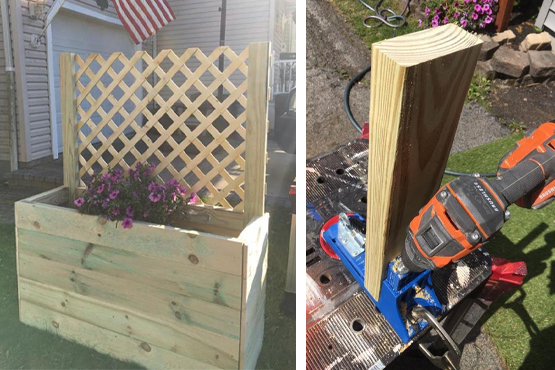
Garden Planter
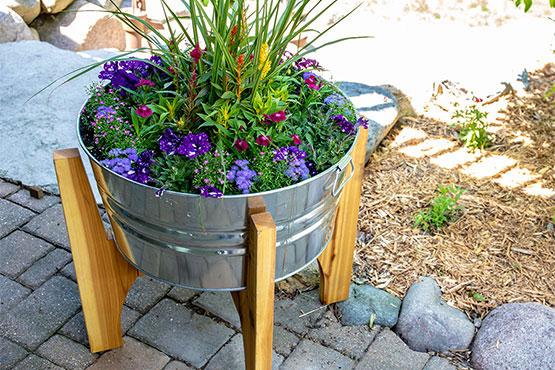
Go-Anywhere Raised Garden
Ultimate Guide to Building Affordable DIY Raised Garden Beds
Why Choose Raised Garden Beds?
Benefits of Raised Bed Gardening
Raised bed gardening offers numerous advantages over traditional in-ground gardens. With raised beds, you can create the ideal soil conditions by filling them with nutrient-rich soil mixes tailored to your plants’ needs. This results in higher yields with less effort. Raised beds also provide better drainage to prevent soil compaction and allow plant roots to spread easily. They help reduce back strain from bending over, making gardening more accessible for those with mobility issues. Raised beds allow for earlier planting in spring since their soil warms up faster. Pests like rabbits and voles are less likely to disturb raised beds. Overall, raised beds are low-maintenance, productive, and customizable gardening systems.
Raised Beds vs In-ground Gardens
While in-ground gardens work for many, raised beds have several advantages. They prevent soil compaction and poor drainage issues common with in-ground gardens. Raised beds reduce maintenance like tilling each season. You have more control over creating the perfect soil conditions right from the start with raised beds. They keep walkways clean and make harvesting easier without excessive bending and kneeling. Raised beds also help deter weeds, pests, and diseases compared to in-ground gardens. You can extend the season by installing cold frames or hoop tunnels over raised beds.
Planning Your Own Raised Garden Bed
Choosing the right location
When planning your raised bed garden, location is crucial. Pick a level spot that drains well and gets at least 6-8 hours of direct sunlight daily for most crops. Keep an eye on the area at different times to track the sun’s path.
Avoid placing beds where water pools after rain or under trees and shrubs that may drop debris. Easy access for watering, planting, and harvesting is also important.
Sizing your raised bed
A good starting point is 4 feet wide by 8 feet long, which gives you room you to comfortably reach across from either side. However, you can adjust dimensions as needed for your space. Beds that are too wide can become difficult to tend from the sides. Be sure to build the bed at least 6-12 inches deep to provide sufficient soil depth for roots and veggies like potatoes and carrots that grow under the soil. This depth is also a good starting point to encourage sufficient drainage.
Deciding on materials
When building your DIY raised beds, look for affordable yet durable and non-toxic materials. Wood, metal, composite lumber, repurposed or recycled materials, and even hay bales can work well.
What is the cheapest way to make a raised garden bed?
One of the cheapest ways to make a raised garden bed is by using inexpensive materials like untreated pine boards or repurposed materials such as old pallets or scrap wood.
Is it cheaper to make or buy raised garden beds?
Generally, it is cheaper to make raised garden beds yourself if you have access to affordable materials and basic carpentry skills.
Inexpensive Materials for DIY Raised Beds
What kind of wood should be used for raised beds?
Cedar and redwood are popular choices for raised beds due to their natural resistance to rot and insects. They may be more expensive upfront but tend to last longer. Untreated pine is a more budget-friendly option.
What wood should not be used in a raised garden bed?
Avoid using pressure-treated wood containing chemicals like arsenic, as these chemicals can leach into the soil and be absorbed by plants, posing health risks.
Is treated lumber OK for raised garden beds?
Treated lumber should be avoided for raised garden beds due to the potential leaching of harmful chemicals into the soil.
How thick should the wood be for a raised garden bed?
Wood thickness for raised garden beds typically ranges from 1 to 2 inches. Thicker boards provide more stability and durability.
How do you keep a wooden raised bed from rotting?
To prevent wooden raised beds from rotting, you can use rot-resistant wood like cedar or redwood.
You can also line the interior with plastic or landscape fabric to create a barrier between the soil and wood.
Alternative materials (livestock panels, metal stock tanks, concrete blocks)
Galvanized livestock panels or welded wire fence bent into cylinders create sturdy raised beds. Metal stock tanks make excellent deep beds for crops like potatoes. Concrete blocks or repurposed bricks are other affordable, low-maintenance options.
Tools and Supplies Needed
Essential tools
At minimum, you’ll need a saw (hand saw, circular saw, or miter saw), drill, measuring tape, level, pocket-hole jig and screws, work gloves, and safety glasses. Additional supplies include wood preservative or sealant for untreated wood and landscape fabric to line beds.
Filling and Preparing the Raised Bed
Soil Mix for Raised Beds
Do not use dense garden soil which can compact too easily in raised beds. Instead, create a light, nutrient-rich mix with ingredients like topsoil, compost, aged manure, peat moss, vermiculite and perlite. The ideal blend contains 25-30% compost for drainage and fertility.
Compost and Amendments
Work in 2-4 inches of compost when filling beds to add nutrients and improve soil structure. Other useful amendments include bone meal or rock phosphate for flowering/fruiting plants, greensand for added potassium, and lime to raise pH in acidic soils.
Arranging Plants and Seeds
Once filled, gently mix fertilizers into the bed’s top few inches then smooth and level the surface. Arrange transplants and direct-sow seeds based on each plant’s spacing requirements, typically in rows, blocks, or triangular patterns.
What do you put in the bottom of a raised garden bed?
You can put a layer of landscape fabric or cardboard at the bottom of the raised bed to suppress weeds and prevent soil from washing out while still allowing for proper drainage.
How deep should a raised bed be?
The depth of a raised bed depends on the types of plants you plan to grow.
A depth of at least 6 to 12 inches is generally recommended for most vegetables and herbs.
Should raised beds be open on the bottom?
Raised beds can be open on the bottom to allow for drainage, but it’s also common to line the bottom with landscaping fabric, cardboard, or straw to prevent weeds from growing up into the bed.
Should I put rocks in the bottom of my raised garden bed?
It’s not necessary to put rocks in the bottom of a raised garden bed. Doing so can actually hinder drainage and root growth.
Instead, focus on using well-draining soil and proper drainage techniques.
Raised Bed Gardening Tips
Watering Techniques
Soaker hoses or drip irrigation supply even moisture directly to plant roots and prevent wet leaves that promote disease. Self-watering beds with reservoirs greatly reduce hand watering. Use mulch to retain soil moisture.
Pest and Weed Control
Line beds with landscape fabric first to discourage weeds. Use row covers over crops susceptible to pests. Attract beneficial insects with flowers and herbs. Rotate crops annually to disrupt pest and disease cycles.
Crop Rotation and Succession Planting
Rotate vegetable families through different beds each season to replenish soil nutrients and help prevent pests and diseases from persisting. Succession plant replacements as crops finish. For example, follow spring greens and cool weather crops with warm season veggies.
Raised Bed Plant Recommendations
What is the easiest thing to grow in a raised bed?
Some of the easiest plants to grow in a raised bed include salad greens (lettuce, spinach, arugula), herbs (basil, parsley, chives), and radishes.
What plants grow best in raised beds?
Many plants thrive in raised beds, including tomatoes, peppers, cucumbers, carrots, onions, strawberries, and various herbs and flowers.
Which vegetables grow best in raised beds?
Vegetables that have shallow roots, such as lettuce, spinach, radishes, and carrots, tend to grow exceptionally well in raised beds.
Additionally, crops like tomatoes, peppers, and cucumbers benefit from the improved soil drainage and warmer soil temperatures provided by raised beds.
